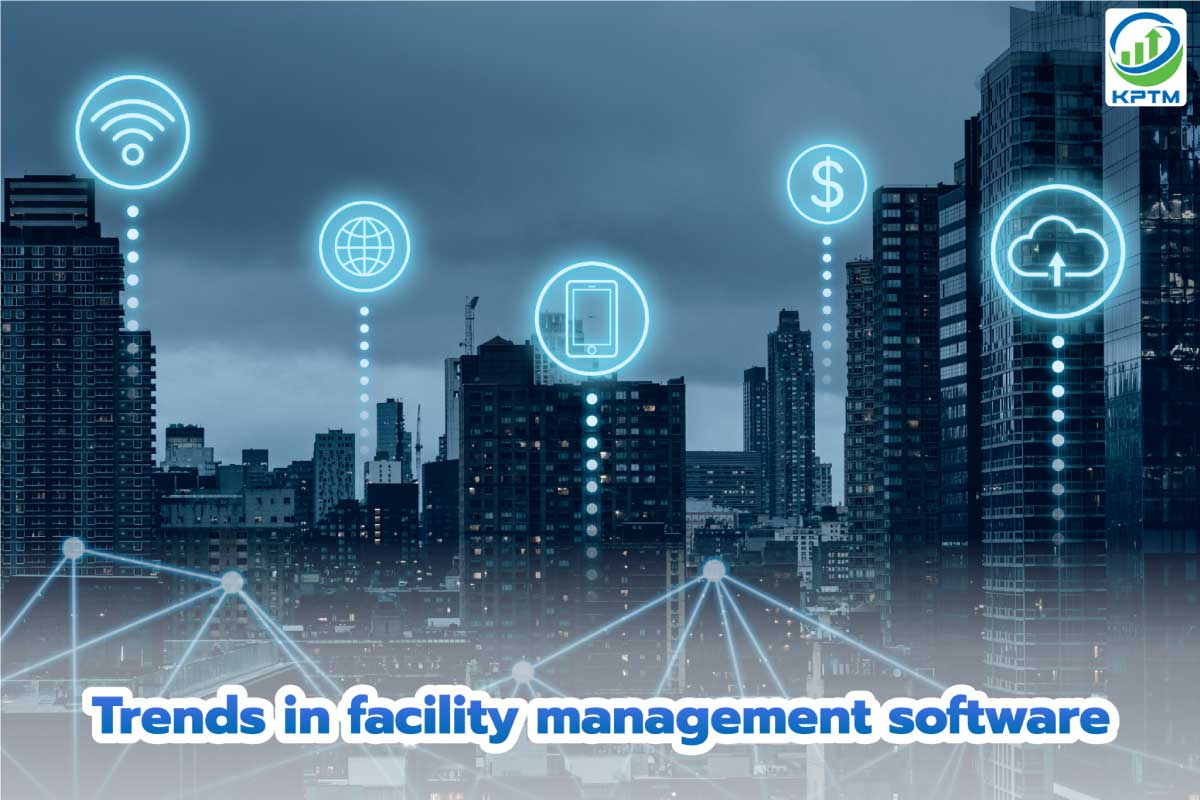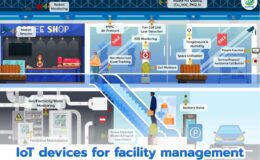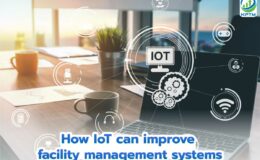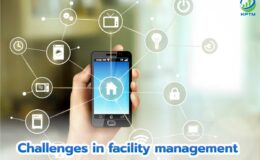Considering the variety of daily tasks a facility manager must complete or supervise, the vast majority of businesses use technology to provide exceptional service to customers or guests.
As new technologies and devices are developed, FM software becomes increasingly complex and multifunctional. To remain at the forefront of digital transformation, ensure that your facility management system conforms to the following trends:
1. Third-party integrations
Businesses are searching for the most effective means of integrating facility management systems into their infrastructure. They are seeking adaptable systems that can be integrated with all the existing instruments on the job site. Integrations are highly convenient, cost-effective, and resource-conserving because they permit the addition of new functionality without jeopardising the integrity of extant infrastructure and data systems. Additionally, integrated applications reduce employee training time and the learning curve.
2. Tools for AI and predictive analytics (IoT big data)
The use of technology and data assists facility administrators in making crucial decisions. Companies can plan for the long term, replace malfunctioning equipment without generating bottlenecks or facility downtime, and eliminate human error from the decision-making process thanks to predictive analytics.
By combining the Internet of Things for facility monitoring and artificial intelligence for IoT data analytics, supply chain managers are able to collect employee performance, resource utilisation, customer satisfaction, and other crucial metrics and derive valuable insights. As a consequence, the process of making decisions is no longer based on trial-and-error, but rather on calculation.
3. Cloud technology
It is estimated that cloud computing reduces facility operating costs by an average of 40%. Cloud-based applications provide facility managers with greater flexibility, allowing them to access work-related data, monitor, and manage processes while away from the office. Since all data is stored on remote servers that can be accessed by any device, cloud applications introduce scalability and dependability, reducing potential costs associated with data loss and system failures.
4. Improved safety
In light of the tightening grip on data protection and security, companies that fail to comply with regulations risk incurring substantial penalties. Companies employ cutting-edge security protocols to provide impregnable protection against data breaches.
A capable intelligent facility software must include:
- Authentication layers that aid in determining the identity of system logins;
- Customizable data access permissions — a manager can grant access to specific data entries;
- A system for flagging and detecting security concerns, such as blocking unauthorised users and noting suspicious patterns of behaviour.
5. Mobile connectivity (Anywhere Anytime)
The development of customised mobile applications that provide access to facility-related data is crucial for adaptability and responsiveness. The ability to monitor the status of all significant operations at the facility at any time increases workplace flexibility and productivity and aides managers in making informed decisions.
This way, managers can better control the communication process, multitask, and efficiently manage complex duties.





